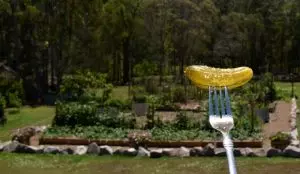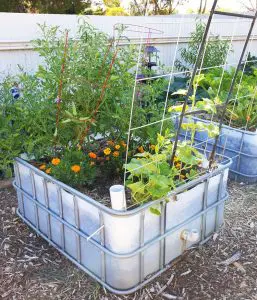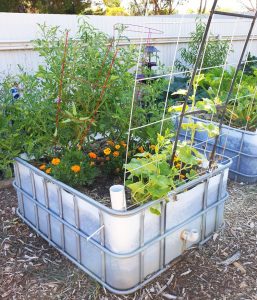Chokos (aka chayote) are amongst the most prolific, versatile and healthful vegetables you can grow. Rarely available commercially, chokos are a traditional staple in many warm temperate and subtropical home gardens. The fruits’ crisp texture and mild flavour lends itself to roasting whole or adding to soups and stews, where it will take on the flavour of stronger tasting ingredients.
Much like passionfruit, chokos are a short-lived perennial vine that lasts for about 5-7 years. They bear progressively throughout spring and summer, producing an ongoing supply of fruit. The vine is huge, heavy, and vigorous, and will require a large and strong trellis for support. Chokos are most commonly pale green (shown below), but there is also a white variety, which tastes the same.
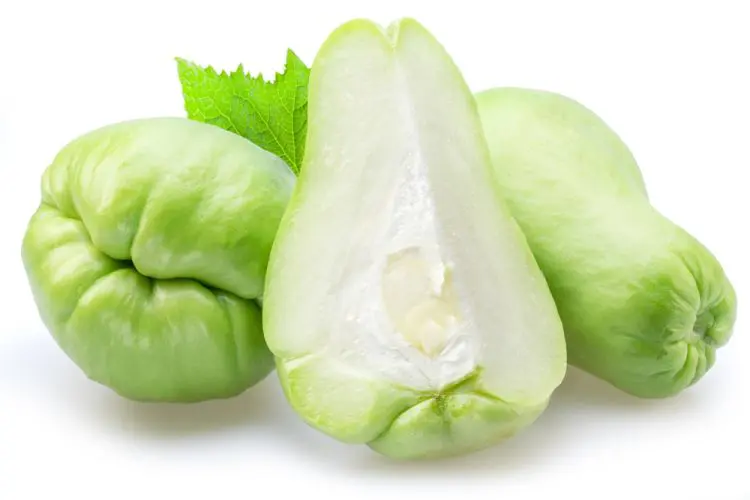
In self-sufficiency terms there are many advantages to growing this vegetable. Not only does a choko vine put a lot of food on the table, but chokos can be frozen, pickled or preserved for later use. They are space-efficient in the garden too, as their climbing vine habit means they grow vertically. They can be of double benefit in a small space garden, as the lush & bushy habit makes them ideal for creating a privacy screen.
Ideal Growing Conditions for Choko
The frost-sensitive choko prefers a warm climate with at least six hours of direct sun per day. Relatively drought-tolerant once established, the choko vine can handle all-day sun and intense heat, and does best in warm temperate to subtropical climate zones (USDA zones 8-11). Your choko will really start to suffer if the temperature drops below 15 degrees (55F), and any frost will kill the vine completely.

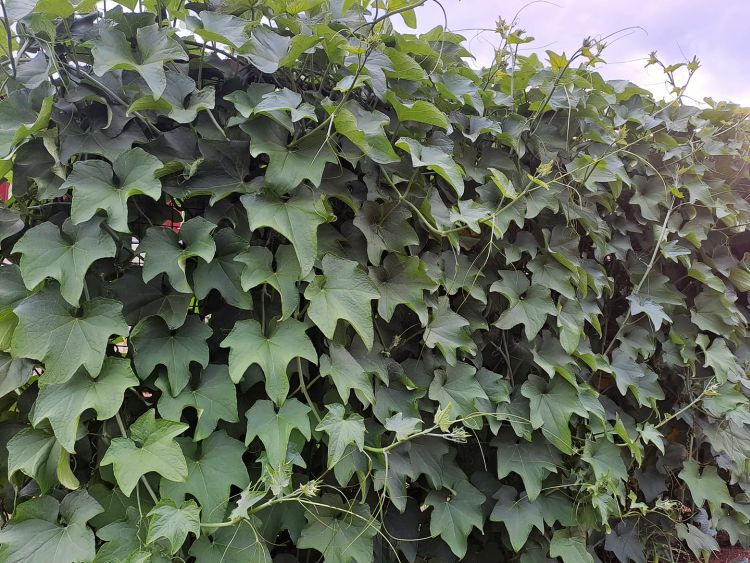
Choko vines can suffer mildew in humid weather, so good airflow is very important. Make sure to water your choko vine at the base so as to avoid splashing water on the leaves (just like you do with tomatoes). In order to maximise fruiting potential, plant your choko into fertile soil which contains plenty of organic matter. The soil needs to be free-draining and in the pH range of 6-7.

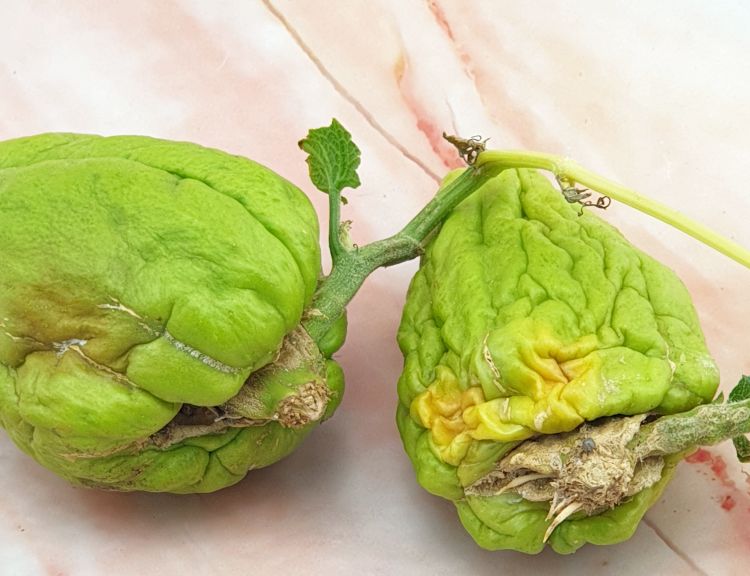

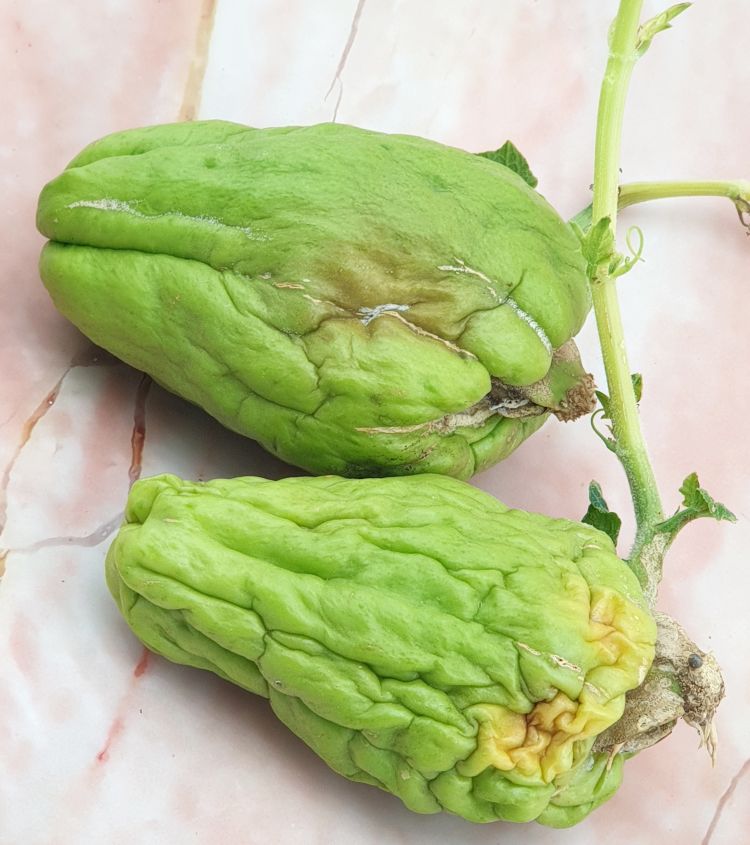
Propagation
To grow a choko plant, you simply start with a choko. Take a healthy whole choko, put it aside in a dark dry place, and after a while it will grow a sprout (a bit like a potato). I sprout mine at the back of a little-used kitchen cupboard. Once the sprout is at least 7cm (3″) long, you can plant it in soil, and a new choko vine will grow. Technically speaking, chokos are viviparous. This means that it is a plant whose seeds germinate while still attached to the parent fruit.

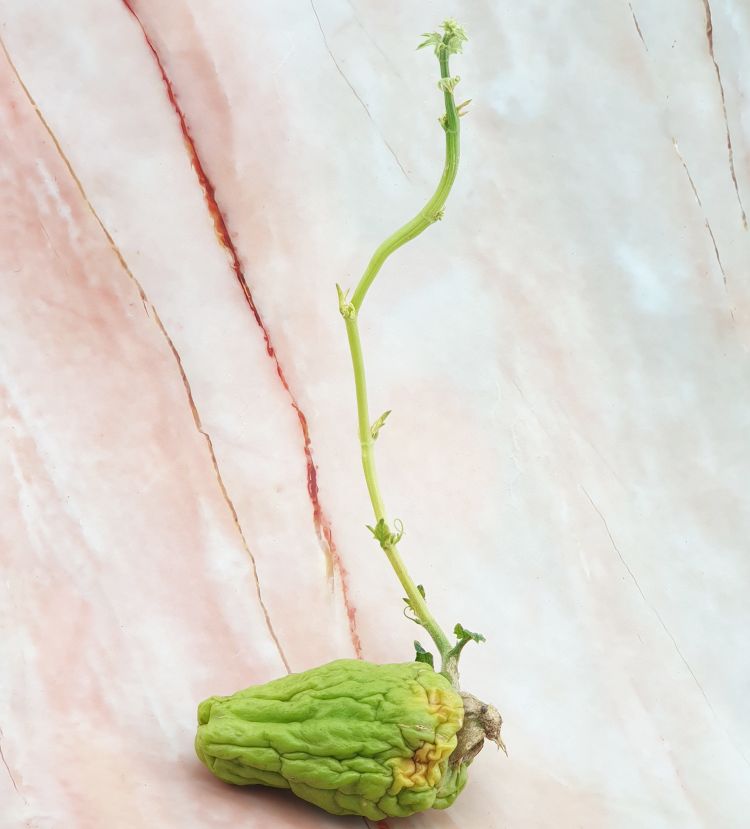
Planting Out
Chokos are self-fertile, so you’ll only need one to grow a plant which bears fruit. They are best planted out in spring, as they need warm soil to get going. Once your choko has sprouted, place it sideways on top of the soil and tilt the seed end downwards. Do not bury it under the soil, or it will rot and die. Put a little stake in the pot at the time of planting, as choko vines need support even when very small. As the plant grows, you will see that the choko shrivels up, which indicates that the emerging vine is growing and using up nutrients.

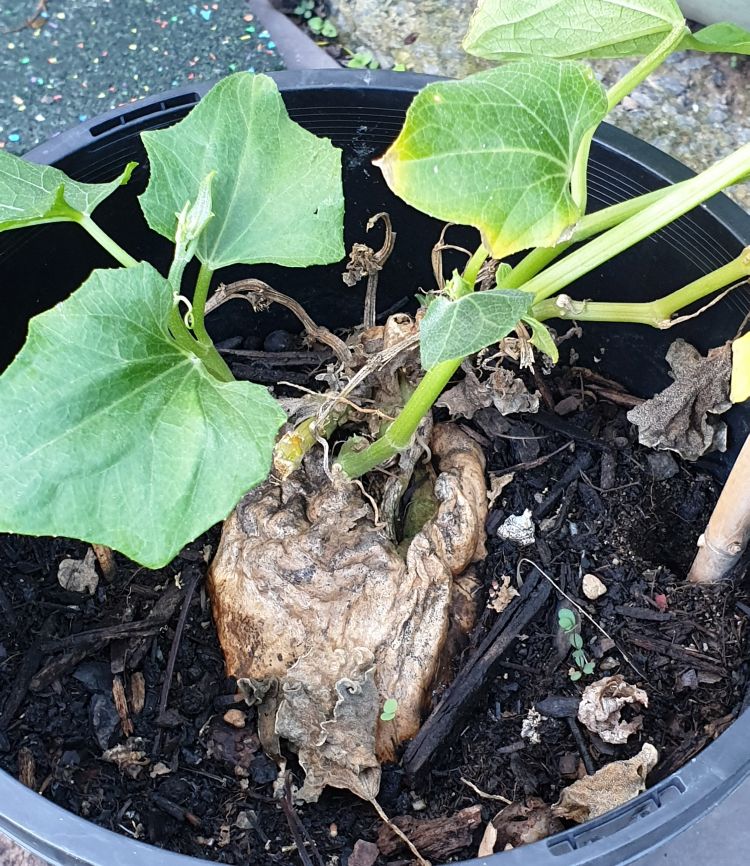
Position your fledgling vine in part shade or under shadecloth until established (I place mine under a DIY garden bed cover) to protect them from the harsh afternoon sun.

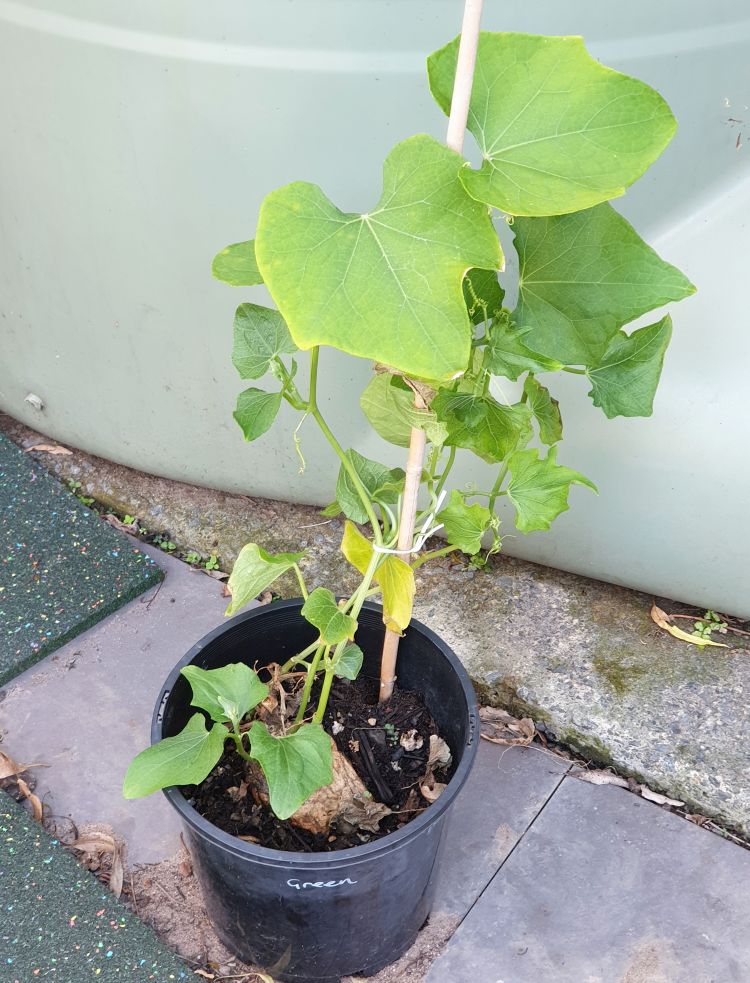
And that’s all there is to it! Choko vines are very easy to get started once you know how. They are said to be randomly temperamental during establishment though, and fussy about their position in the garden. So if at first you don’t succeed, try, try again!

